Improved practices, rising demand alter industry
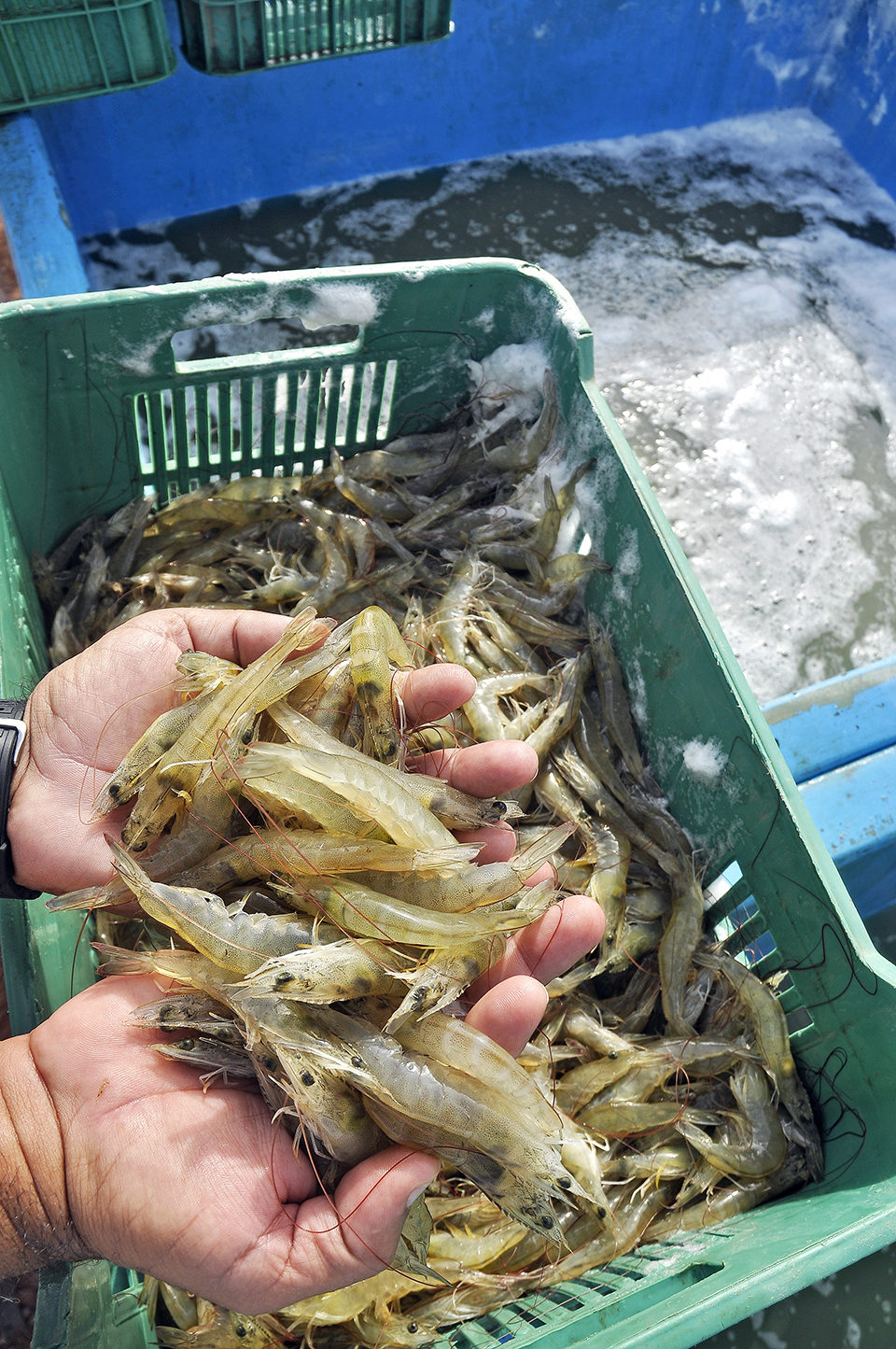
Over the past seven years, the majority of Brazil’s farmed shrimp production has been absorbed by the domestic market. In 2013, total production was 85,000 metric tons (MT). For 2014, production is expected to reach 100,000 MT – an increase more related to production intensification, especially in inland regions using oligohaline waters, together with the use of best management practices and biosecurity measures, than to the expansion of traditional shrimp-farming areas. Still, average annual per-capita shrimp consumption in Brazil is just 0.6 kg.
However, considering Brazil’s economic growth in recent years, an increase in consumers’ purchasing power and the competitive price of farmed shrimp, current per-capita consumption of shrimp is expected to go up in the short term. Given that fisheries production has already reached its maximum sustainable levels, increased production of marine shrimp in Brazil will depend on aquaculture.
Shifting shrimp market
The year 2004 was a crucial one in terms of understanding the current situation for the farmed shrimp market in Brazil. In that year, political, economic and environmental factors led domestic producers to dramatically shift their market focus. The dumping lawsuit filed by the United States against Brazil and five others countries, plus the appreciation of the country’s currency, the real, against the U.S. dollar and the emergence of infectious myonecrosis virus strongly affected Brazil’s shrimp-farming sector. Until then, it shipped approximately 78 percent of its production to foreign markets.
Brazil’s farmed shrimp industry was fully structured to supply the European and American markets, and the entire sector – including processing plants – worked within the quality concepts required by those markets. This concentrated production primarily on head-on frozen shrimp for Europe and head-off frozen shrimp for the United States. The focus was on exporting shrimp as a commodity.
With the imposition of antidumping duties by the U.S., shrimp exports were further directed to the domestic market, creating a considerable impact. With the appreciation of the real against the U.S. dollar from 2004 onward, shrimp exports to Europe started to sharply decline, and once more, the only viable alternative was Brazil’s internal shrimp market. Until then, this market was not a priority for most Brazilian farmed shrimp producers and thus represented a challenging new frontier.
During this period, the introduction of individual quick-frozen (IQF) whole shrimp, offered in bulk by major retailers in the country, was an important boost to the Brazilian frozen shrimp market. It enabled the operation of existing processing units that were previously used for export markets.

Internal market
Starting in 2006, the internal market became a viable alternative for Brazilian farmed shrimp, with 53 percent of production destined for this market (Table 1). Factors such as a stable supply, good quality and size standardization made farmed shrimp a favorite item among seafood consumers.
Rocha, Farmed shrimp in Brazil, Table 1
| 2003 | 2004 | 2005 | 2006 | 2007 | 2008 | 2009 | 2010 | 2011 | 2012 | 2013 |
|---|
2003 | 2004 | 2005 | 2006 | 2007 | 2008 | 2009 | 2010 | 2011 | 2012 | 2013 | |
|---|---|---|---|---|---|---|---|---|---|---|---|
| External market (mt) | 70,000 | 58,000 | 42,500 | 30,500 | 15,515 | 9,397 | 5,728 | 1,600 | 108 | 0 | 612 |
| Internal market (mt) | 20,190 | 16,900 | 22,500 | 34,500 | 49,485 | 60,603 | 59,272 | 78,400 | 74,892 | 75,000 | 84,388 |
The domestic market for farmed shrimp started to evolve year after year, consolidating its position as the main market for Brazilian producers and attracting the attention of large companies that invested in diversification and technology to provide products with higher added value for more-demanding consumers. Brazil’s economic growth in recent years has positively contributed to an increasing demand for shrimp – in retail chains, as well as the foodservice sector.
Current scenario
Brazil’s domestic market has been the main destination for national production of farmed shrimp since 2006, both for fresh shrimp and various processed frozen products. Litopenaeus vannamei, the only species farmed in Brazil, is produced mainly in the northeast region of the country, where natural conditions allow year-round production to meet market demands.
Fresh shrimp
The fresh shrimp market still represents the largest volume of sales by producers. However, since the segment has a high degree of informality in which commercial records are not always well kept, this market needs to be analyzed in a very cautious manner, especially considering its “trade routes.”
Most small and medium-sized producers sell their production as fresh shrimp to processing plants, middlemen and distributors that operate in supply centers in the south and southeast regions of Brazil. The smoked shrimp-processing industry and plants located in the northeast are other destinations for this shrimp.
Sales destined for supply centers are mostly carried out by middlemen, with the shrimp going directly from the farms to the centers. From there, the shrimp is distributed in fresh form to the end-user market, consisting mostly of restaurants, bars and hotels. This sales method is still difficult to measure, also due to the high level of informality.
The fresh shrimp market is characterized by liquidity, considering that most sales are based on payment on delivery or even payment before delivery. This market is also volatile, with price instability during the year.
Frozen shrimp
The frozen shrimp market has consolidated year after year, based on the regularity of supply and excellent product quality provided by the farmed shrimp industry. This market is characterized by a higher level of formal commercial transactions and greater price stability during the year. It can be divided into the following segments:
- Retailers. Consisting of supermarket chains where frozen shrimp is sold in bulk in the seafood department as well as in standard-weight packaging in the frozen foods section, retailers absorb both IQF whole shrimp and value-added products, including peeled and cooked shrimp, breaded shrimp and ready-to-cook dishes.
- Distributors. Located in all regions of the country, distributors primarily sell frozen products in standard-weight packaging to supply restaurants, bars, hotel chains and small retailers.
- Foodservice. Made up of restaurant chains, industrial kitchens and fast-food chains, foodservice requires more standardized products concerning weights and portions, but with lower added value.
- Processing industry. Processors specialize in cooking shrimp, preparation of ready-to-eat dishes and portioning of products. They use frozen shrimp as raw material for their product lines.
The establishment of selling prices for frozen shrimp takes into account a series of factors. In addition to size, the level of added value and demand pressure also affect prices in the domestic market.
The major urban centers in Brazil have been the main destination for frozen shrimp for some years now. However, the increase in Brazilian income levels has significantly altered this scenario, changing the distribution to include the more inland regions of a number of Brazilian states. The southeast region still accounts for the largest share of shrimp consumption in the country, absorbing around 52 percent of shrimp sold in all forms of presentation (Tables 2 and 3).
Rocha, Farmed Shrimp Production, Table 2
| Region | Production (mt) | Share (%) |
|---|
Region | Production (mt) | Share (%) |
|---|---|---|
| North | 746.5 | 1 |
| Northeast | 14,930.0 | 20 |
| Southeast | 38,818.0 | 52 |
| South | 18,662.5 | 25 |
| Midwest | 1,493.0 | 2 |
| Total | 74,650.0 | 100 |
Rocha, Destination of Farmed Shrimp, Table 3
| State | Volume (mt) | Share (%) |
|---|
State | Volume (mt) | Share (%) |
|---|---|---|
| São Paulo | 21,649 | 29.0 |
| Pernambuco | 4,479 | 6.0 |
| Rio de Janeiro | 14,930 | 20.0 |
| Bahia | 6,719 | 9.0 |
| Santa Catarina | 16,423 | 22.0 |
| Minas Gerais | 896 | 1.2 |
| Rio Grande do Sul | 1,344 | 1.8 |
| Others | 8,212 | 11.0 |
| Total | 74,650,00 | 100.0 |
Perspectives
After facing years of difficulties in the past decade, Brazilian shrimp farming is back on the growing path. New factors – such as production intensification with the use of biosecurity measures and improved practices, increasing production from inland farms that use fresh or low-salinity waters, polyculture with tilapia and increasing internationally certified organic shrimp production – are contributing to this recovery while also presenting new options for production and products. Production in 2015 may reach 110,000 MT, which would be a volume record.
Based on average national productivity, Brazil can reach a position of global leadership in shrimp farming, for it has 1 million ha of suitable farming area with exceptional natural conditions and infrastructure. It also holds a strategic location, while having the appropriate technology in place and an increasingly promising internal market to lead this growth.
In spite of the loss of Generalized Scheme of Preferences tariffs in the European Union in the beginning of 2014 and the continued presence of antidumping tariffs in the United States, some Brazilian shrimp producers started to again test the international marketplace in 2013 and 2014. About 280 MT of shrimp worth $2.2 million were exported, with 17.28 MT sent to Spain, 93.32 MT shipped to France and 168.80 MT exported to Vietnam.
(Editor’s Note: This article was originally published in the March/April 2015 print edition of the Global Aquaculture Advocate.)
Authors
-

Itamar Rocha
Associação Brasileira de Criadores de Camarão
Rua Valdir Targino, 3625
Candelária – Natal/R.N.
CEP: 59064-670 Brazil -
Charles Mendonça
Associação Brasileira de Criadores de Camarão
Rua Valdir Targino, 3625
Candelária – Natal/R.N.
CEP: 59064-670 Brazil
Tagged With
Related Posts
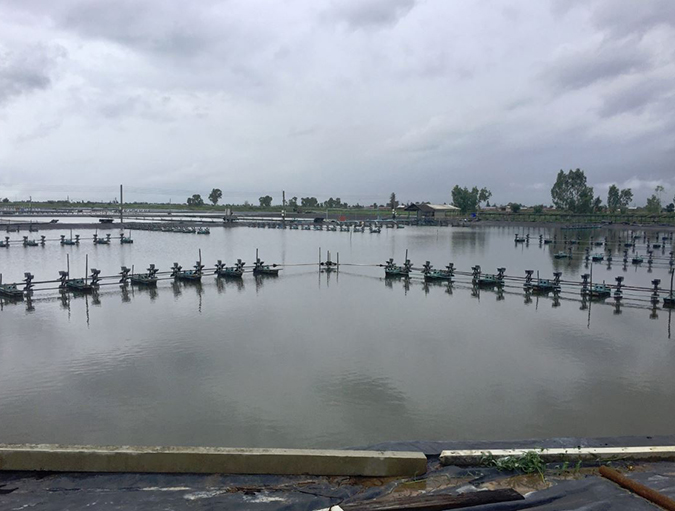
Health & Welfare
Aquamimicry: A revolutionary concept for shrimp farming
Aquamimicry simulates natural, estuarine production conditions by creating zooplankton blooms as supplemental nutrition to the cultured shrimp, and beneficial bacteria to maintain water quality. Better-quality shrimp can be produced at lower cost and in a more sustainable manner.
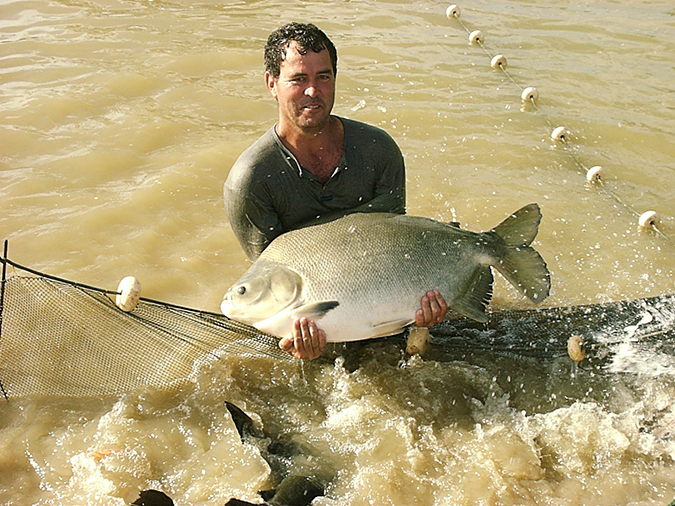
Intelligence
Brazilian aquaculture: Constraints and challenges (Part 1)
The Brazilian aquaculture industry has been growing steadily during the last two decades. Despite facing a number of challenges it is looking at continued growth and a larger role in the export markets.
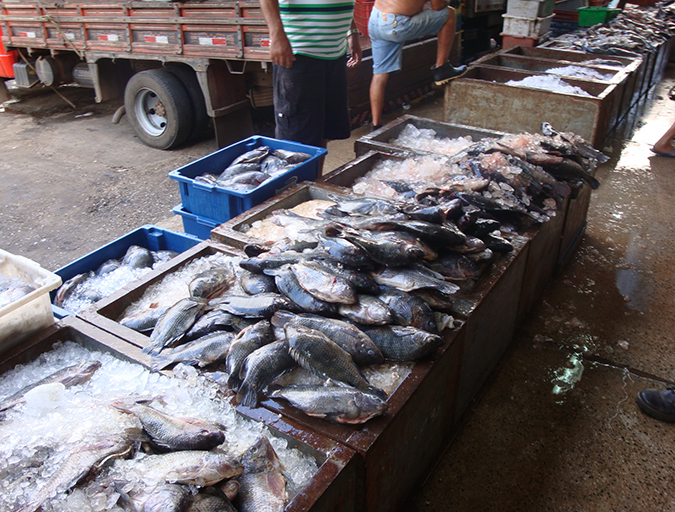
Intelligence
Brazilian aquaculture: Constraints and challenges (Part 2)
Brazil will have to deal with an adverse economic and political environment in the next few years. One should expect high value fish products like shrimp, tilapia, Chilean salmon and cod being replaced by more affordable seafood and alternative meats, as consumers keep losing purchasing power due to inflation, unemployment and monetary devaluation.
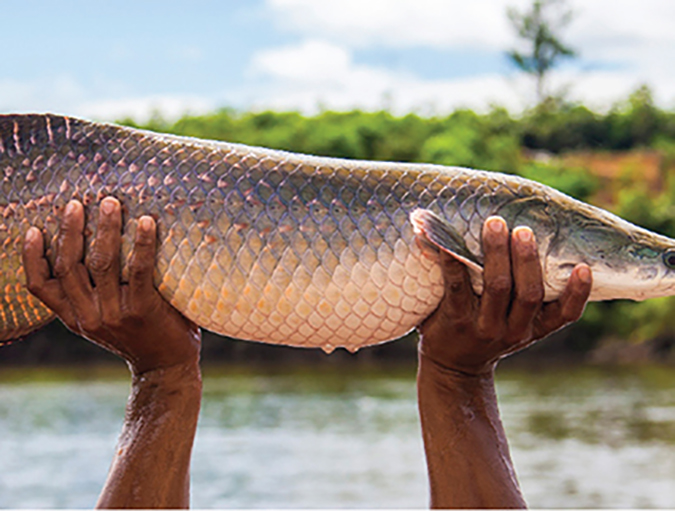
Innovation & Investment
Pirarucu culture in the Brazilian Amazon
With their fast growth and ample light-flavored flesh, pirarucu present great potential. Industry growth is hampered by limited technology and management of domestication practices. Also, current commercial diets are typically not fully suited to the nutritional needs of pirarucu.


